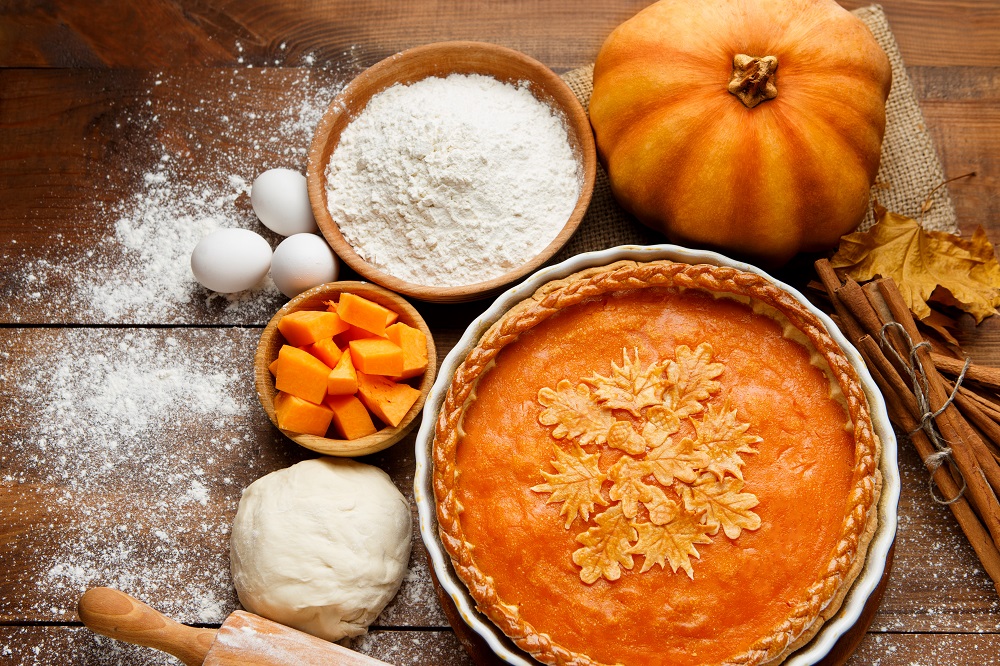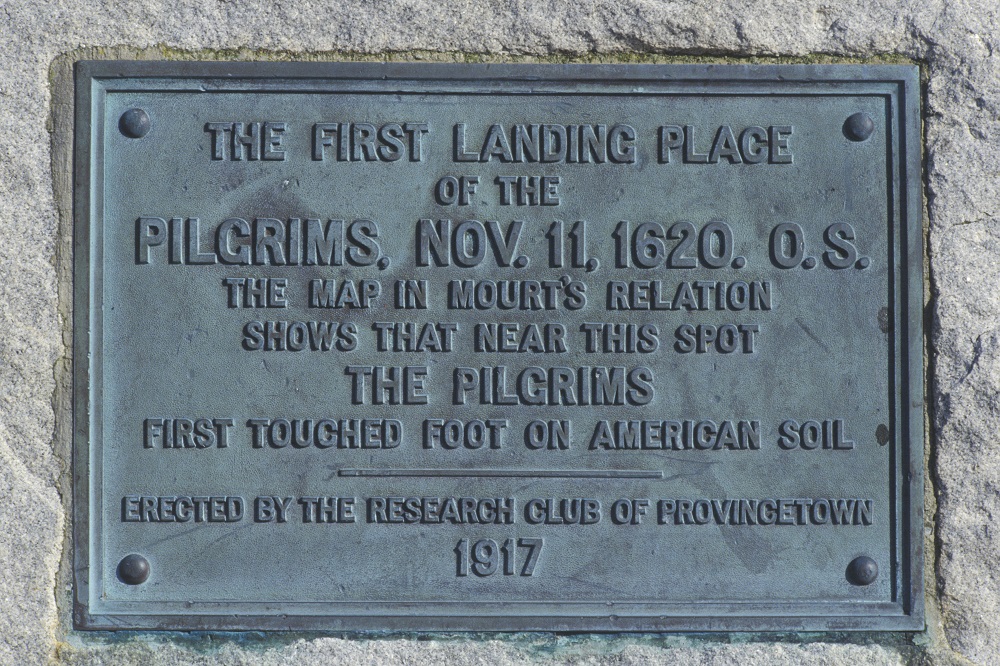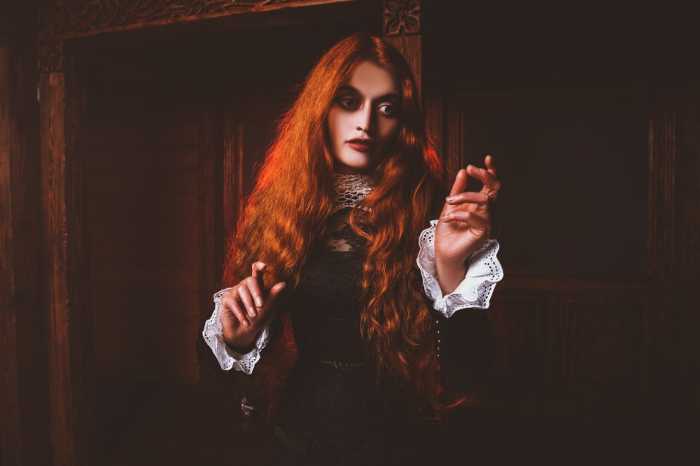We didn't land on Plymouth Rock! Plymouth Rock landed on Mars!
Lies, All Lies
Okay, not lies, yet, certainly apocryphal, exaggerated, misinformed, politically-motivated, etc.. Like a Real Housewives' cocktail party, history is simultaneously overflowing, tightly-constrained and heavily-painted with fascinating, yet dubious reality. Sure, it's fun to entertain for a while; yet, by night's end, the intent to play us for fools becomes, at best, boring, at worst irritating. When you rip the Spanx and Wonderbras off history's mythos, and wipe the spurious tales clean with a micellar-doused cotton ball, stand back ... you might be shocked and amazed by what's underneath it all.
Did Thomas Edison invent the light bulb? Were Salem witches burned at the stake? Did Magellan circumnavigate the globe? Did Hitler create the Autobahn? Did Nero fiddle whilst Rome burned? Was Einstein bad at math? Did folks commit suicide by throwing themselves off Wall Street buildings after the stock market crash of 1929? Did John Smith marry Pocahontas after she saved his life at Jamestown? Was the Champagne coupe-glass modeled on Marie Antoinette's breast? Did all colonial men wear powdered wigs? Did the Dutch actually buy Manhattan and Staten Island for the equivalent of $24USD in beads? If your first phone call or text of the New Year comes from a Ginger, are you in for a year of bad luck?
The answer to these and many more of history's Schoolhouse Mock, is, no. Apropos of our current, November intent, this includes a few tales to set straight about our own, fair Pilgrims whom landed at Plymouth Rock so very long ago ... or, did they?
Don't become disenchanted, become educated. Read what you can on "facts" that sound specious and then, read some more. Whilst there has never been a more proficient time in human history to acquire knowledge, that also means there are a lot of falsehoods available. Read material from reputable, unbiased sources ... that includs JennyPop. Don't buy what I'm writing? No worries. Do som more research and if my words stack up, yea! I hope you'll return and read more, maybe even buy my Savannah of Williamsburg books - yes, my hisorical-protag is a squirrel ... see? reputable source. If my words do not stack up, I am the first to correct course. LMK, whatever your thoughts/praise/corrections/criticisms - please, be nice about it though - @JennyPopCom!
Happy Tofurkey Day, kittens!

How Mythterious
Myth No.1: Dark and Dour
As early as 1564, near present-day Jacksonville, Florida, it is documented French Huguenots held a "thanksgiving service"; the very next year, Spanish conquistadores, who would soon slaughter said-Huguenots, held thanksgiving Mass at a Catholic church in St. Augustine, FL. Texas history relates a thanksgiving by the Manso Indians, near present-day El Paso in 1598. In 1584, upon Sir Walter Raleigh's North Carolina landing and founding of Roanoke Colony and Dare County, he and his fellow founders celebrated thanks to God and Queen; yet it doesn't seemed to have done much good for those left behind in the following year. Whilst the English, German and Italian settlers at Jamestowne Island, VA gave thanks in 1607, there was evidence of another New-England settlement, though very short-lived, on Maine's coast, where a "thanksgiving celebration" also occurred in that same year. In 1619, a small group of relieved, probably seasick, English sailors and settlers "dropped to their knees" on the shores of the James River, at what would become Berkeley Plantation in Charles City County, and ordained "in the land of Virginia shall be yearly and perpetually kept holy as a day of thanksgiving to Almighty God". Of course, we don't need to cover all of it here; JennyPop's got some of it covered in her post: MA vs. VA First Thanksgiving. As far as that first, awkward, Plymouth gathering goes ...
Yes, the Pilgrims invited Massasoit, sachem and leader of the Wampanoag federation, a loose connection of severa tribes, including the Patuxet, Chappaquiddick, Nantucket, Pokanet and Nauset. However, it is understood Gov. Bradford and his Plymouth posse only invited Massasoit as a savvy, detente move. No fool, Masssaoit came prepared with his own influence of ninety members of his federation, to share in the three-day, Autumn feast. Settlers' eyewitness accounts note this was beyond unwelcome and, ironically, the party-crashers caused severe, English indignation. To further unfriendly relations, the Wampanoags were never invited back to the settlement, outside of trade and business dealings. In fact, in addition to the eventual practice of pitting Indians against Indian, for "better intelligence", Bradford and his men encircled the settlement with an eleven-foot-high wall of timber, to keep out the locals. So, not as fun and friendly as a middle-school, Thanksgiving play might have you believe.
Myth No.3: Turkey, Potatoes and Pumpkin Pie
"Our harvest being gotten in, our governor sent four men on fowling, that so we might after a special manner rejoice together, after we had gathered the fruits of our labors; they four in one day killed as much fowl, as with a little help beside, served the Company almost a week."
Wild turkeys aside, fowling missions yielded an amended supply of venison, duck, goose and swan. Leftover palates from Europe's Medieval-era might have also ensured the tragically tiny sparrow, dove or bluebird to an Autumn menu. Birds, especially in the very recent Tudor-era, would have been seen as not only plentiful, but delicacy foods, especially for special events.
Of course, if your heart is fragile where animals are concerned, Massachusetts was probably a fortuitous place to have been a vegetarian: beans, lettuce, spinach, cabbage, carrots, corn and molasses porridge, squash, blueberries, plums, grapes, strawberries, gooseberries, raspberries and, of course cranberries. Although, at the 1621 Thanksgiving, you would have been denied a warm, sugary cranberry relish. By year's end, the colony's supply of sugar, which had come over on the Mayflower, had been depleted. To boot, the practice of boiling the crans wouldn't bubble up for another half-century or so.
As far as potatoes? Zip, nada, rien, none. The Wampanoags had access to local plant roots such as turnips and groundnuts, yet in the 1620s, the steadfast tuber we all know and crave today, had not yet made itself popular enough in Europe or Britain to have been imported to America. Furthermore, even though the Spanish enjoyed the potato in its native South America, it had yet to make its way up to North America. Instead, the Pilgrims would have paired their sparrows, deer, wild turkey and geese with some bread-based, herb-dappled, onion-packed, nut-sprinkled stuffings.
The real star of the show? Seafood. Conspicuously absent from Thanksgiving artwork at school, is the abundant platters of seafood and shellfish, all likely served with a condiment of a dairy curd. What elementary kids should be making today are construction-paper hand-tracings of lobsters, oysters, clams, eels, mussels, bass and curds for Mum & Dad to hang on the fridge. Colonist Edward Winslow wrote, of the seafood treasure at Plymouth, “Our bay is full of lobsters all the summer and affordeth variety of other fish; in September we can take a hogshead of eels in a night with small labor, and can dig them out of their beds all the winter. We have mussels ... at our doors. Oysters we have none near, but we can have them brought by the Indians when we will.”
Overall, the most notable misconception has to be ... pumpkin pie. No pumpkin pie, kittens! None. Simply put, Plymouth Colony lacked the butter and wheat flour pivotal to a perfect pie crust. More importantly? No ovens. What was served, according to historical, written accounts, was a sort of tepid, pumpkin mash: a hollowed-out pumpkin, re-populated with milk, honey and spices stirred into the already-scooped, now-mashed pumpkin meat, creating a frothy mousse or custard consistency and finally roasted atop hot ashes and served in individual gourds. This veg-head chick says, "Yes, please!".
Myth No.4: Landing at Plymouth Rock
Short and sweet: nobody knows the exact location where the Pilgrims stepped off the Mayflower. Where we presume is the original footfall, is based solely n hearsay. In 1741, 121 years après-landing, a young boy tells that he overheard a 95-year-old man, named Thomas Faunce, recount that his father, who arrived in Plymouth three years after the Mayflower, told him, Faunce Jr., that someone told him , Faunce Sr., that the original landing occurred where Plymouth Landing is marked today. Further, Gov. William Bradford writes nothing of this landing spot or "Plymouth Rock" in his bonkers-detailed, historical-account the Mayflower and Plymouth, Mass.: “Of Plimouth Plantation”. Chances are good, if they'd landed at Plymouth Rock, of all folks, radford would have noted it Chapter 1.

In Conclusion, Thanksgiving
By written accounts of colonist Edward Winslow, the Wampanoag federation outnumbered the European settlers by approximately 2:1 at that first, iconic feast. Winslow documented, “many of the Indians coming amongst us, and amongst the rest their greatest king Massasoit, with some ninety men.”
The 1620 landing and settlement founding had not been a rousing success. Winter of 1620/1 had been particularly wicked, even for the locals, let alone for newcomers completely unfamiliar with the terrain. Thankfully for them, some of the locals worked with and aided them, unwittingy to their own, eventual peril as a North American society. Most notable to popular history is a lone Indian, Tisquantum (a.k.a. Squanto). The last of the Patuxet, after his people were wiped out by a bacterial infection, Tisquantum patienty taught the Pilgrims some very important gardening lessons, especially in the way of maize. But for Tisquantum, and other Plymouth notables, none of us might be here to celebrate our own feasts this year.
Women at Plymouth, it should be stated, fared the worst with a seventy-eight percent loss of those whom had voyaged on the Mayflower. Eyewitness accounts documented, of pilgrim attendance at that feast, twenty-two men, approximately twenty-five children and teenagers ... and only four women.
By year's end, those fifty-some colonists survived to break bread, celebrate mere survival and rest a tad, before some very bleak years set in ahead of them. Life in the New World would be brutal for all invoved.
Within the short span of a decade, the Native Americans of present-day Massachusetts, Rhode Island, Connecticut and its environs would be pushed largely to the margins of their own land. By the 1630s, there would have arrived more than 10K new colonists along the Atlantic's fast-settling, northern shores. In those years, there would exist much fear, suspicion, battle and bloodshed.
In, or about, 1634, Miles Standish, the Pilgrim's military leader had murdered and taken the head of an Indian brave by the name of Witumatat; Standish displayed the head atop a stake at Plymoth Colony for years, as a warning to the locals. In the Summer of 1676, Metacomet, son of Massasoit and brother of Wamsutta, was murdered and his head was displayed in the same manner as Witumatat in a losing, final pitch of resistance during King Phillip's War, to oust the English.
IDK about you, but construction paper hand-turkeys just don't do this era of American history justice, for the Pilgrims or the Native Americans. There's nothing wrong with celebrating our modern, family feasts; but try to keep in mind the reaities of its origins, respect the memory of those whom fell, English and Indian, be truly thankful for what and whom you have, year-by-year. For, as we know in 2020, nothing is a certainty and only Lady Fortuna knows what next Thanksgiving will bring, or, this Christmas even. Most of all, remember this ...
Myth No. 5: Tryptophan
It's not the turkey that makes you sleepy after Thanksgiving dinner. It's the bioavailability of side-dish carbs which help the body access said-tryptophan, that make a Thanksgiving Day nap sooooo attractive. Turkey alone, you're fine; add potatoes and bread and it's nighty-night. Solve it all by going veggie: Tofurky is a fabulous alternative! Cheesy potatoes will still make you sleepy, though.
Happy Tofurky Day, kittens!
How are you celebrating this year? LMK @JennyPopCom! (Same handle on Twitter!)




